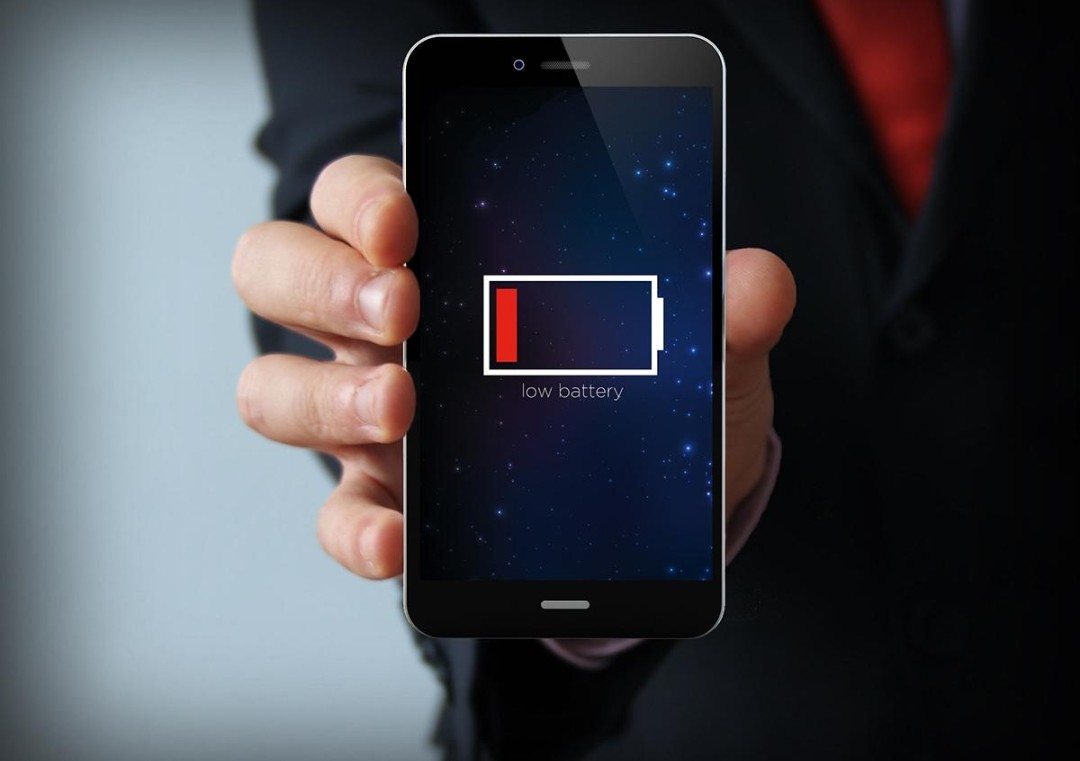Tips and tricks for better battery life experience on smartphone
This advice are useful for every li-on battery but are reffered to the smartphones world in particular
Here are some tips:
• Do not fully discharge: bring the battery to 0% or anyway under 15% is dangerous, even if the batteries have a security system that blocks the discharge at 5%, signaling it as 0% to avoid damaging them irremediably, the risk is still present, even with the current batteries with sensor and "energy reserve", because if we leave a battery completely empty this will continue to lose the charge and if the voltage drops below a certain threshold, the battery dies and will be thrown away. Recharging from zero, however, decreases the effectiveness of the charge, increasing the risk of damage to the cells as the voltage may not be the same in all the cells!
• Do not load too much: if it hurts to drain the battery too much, even charging it for a long time is not good. Although Li-ion batteries can withstand excessively well, leaving a battery with too much charge for a long time hurts (see table above). Never leave for more than 8-10 hours! That said it is good to know that a battery will never be charged up to 100% but the charger will stop first, causing the battery to drain a little and then recharge it, with discharges less frequent than normal. In fact, the batteries are not charged continuously, but with discharges of a few tenths of a second every x seconds.
• Load early and often: the ideal would be to maintain a charge between 20 and 80%, which is quite feasible at the bottom. Lithium-ion batteries do not suffer from memory effect and are not damaged by partial recharges and discharges, on the contrary, it is the best way to extend their life! The charging process should be done in a cool place.
• Perform the initialization charge of the battery: as soon as the batteries are partially charged and it is counterproductive to use them immediately, we will reduce their effectiveness! The ideal thing is to immediately insert the battery into the terminal and, without turning it on, charge it for about 5 hours or at least 2 hours more than normal charging time. We ignore the charge warning ended because it is always wrong with the batteries not initialized. When the battery is correctly initialized, the values indicated by the system will be much more precise.
• Significant signs of poor initialisation: the first energy notches (100-90-80% steps) are discharged much faster than the others. In this case, fully use the terminal up to 10% charge, turn it off and charge for one night (at least 6 hours, maximum 8 hours), ignoring any charge warning completed: at least partially recover the optimal charge. Three cycles of recalibration are however the best way to eliminate (temporarily) the phenomenon.
Other things to know are:
The half-life of the charging capacity is about 2 years, the period after which I suggest replacing the battery.
The refills made with non-stabilized chargers, such as the car, will damage the battery a bit. I do not know precisely how much, but well it does not, so if possible it should be avoided.
A battery can also be completely discharged, keeping in mind however that it must be recharged immediately and that it is damaged if you try to withdraw large currents when they are discharged, for example trying to turn on the phone. Better not turn it on if it is under 10-15%.
Negligible self-discharge, 1% per month (charge, not charging capacity, for that there is the table).
To conserve a battery that you do not use, the best thing to do is to charge it at 40%, put it in a sealed bag and store it at 0 ° C. Then it may be necessary to recalibrate it, but it is not said, see how it behaves and act accordingly.
I hope these tips are useful for as many people as possible, if you found it useful leave an upvote, a commet!o and resteem it :D
